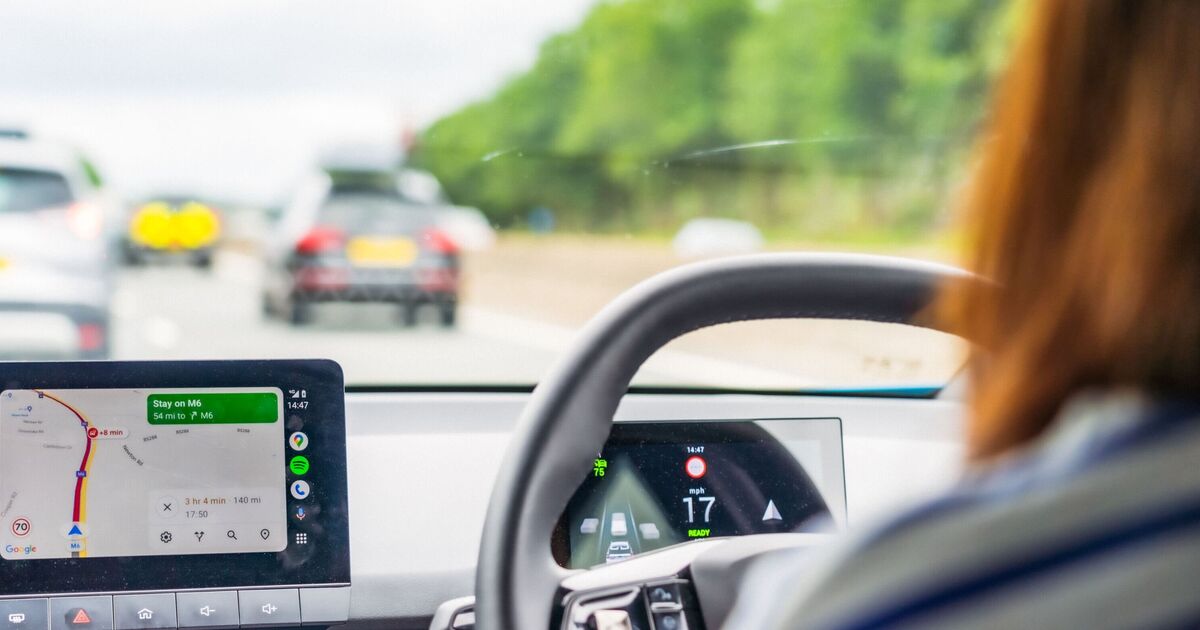The AA has urged drivers to do one thing if their vehicle breaks down while travelling on a motorway in order to avoid putting themselves at risk from other road users.
While no motorist likes to think that they will break down on lengthy road trips across the country, it is vital that they know exactly what to do if their vehicle develops a fault en route.
In a blog post, the AA noted that drivers who need to make an emergency stop when travelling on a motorway always keep their hazard lights on.
They advised: “If your vehicle breaks down on a motorway, turning hazard lights on is essential.
“Start by pulling over as far left as possible, turning your wheels to the left, and switching on your hazard lights immediately to alert other drivers and give them time to react.”
According to a study conducted by the motoring organisation, 92 percent of Brits stated that they would turn on their hazard lights if they broke down on a motorway – showing that nearly one in 10 Brits don’t know about the important rule.
Even if a driver was able to move their vehicle to the hard shoulder, leaving the hazard lights on is one of the most effective ways to warn approaching vehicles that their car has broken down.
This is particularly the case when travelling in harsh weather conditions, such as heavy rain or fog, where visibility is particularly restricted without light.
However, perhaps more shockingly, the AA’s study found that only 88 percent of drivers stated that they would move over to the hard shoulder if they broke down on a motorway.
A lane reserved exclusively for broken-down vehicles on the majority of motorways in the country, motorists who fail to stop in the hard shoulder are at a significantly higher risk of being involved in an accident with another driver who failed to notice that the stranded car was stationary.
If they are able to do so, drivers should always move over into the hard shoulder as soon as their vehicle begins to develop a serious fault, such as a loss of power.
Nevertheless, the AA noted that drivers who break down on a smart motorway should try to travel to the next emergency area or move to the left-hand lane.
They explained: “Smart motorways differ from regular motorways by using technology like CCTV, radar, and sensors to monitor traffic and manage incidents with tools such as variable speed limits, lane closures, and overhead signs.
“If your vehicle breaks down on a smart motorway, try to reach the nearest emergency area (EA) or exit. If stuck in a lane with running vehicles, move to the leftmost lane, switch on your hazard lights, and exit the vehicle if it’s safe. Otherwise, stay inside, seatbelt fastened, and call 999.”

